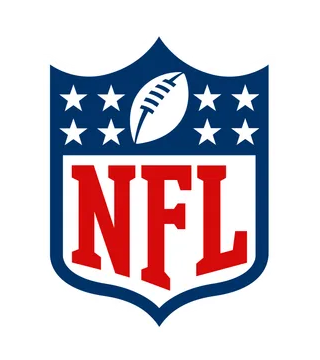

It is not possible for PFF to do a good qualitative analysis the way they are doing it. They are assigning an omnibus number to a multifaceted construct with serious myriad interaction effects. Their rankings are asking a question that’s inherently leading us away from useful information.
My beef isn’t just about the evaluation. The stats are the stats and I trust that you’ve done them appropriately. It’s that the entire approach, even downstream. Even if you added every single variable available on football reference, we still wouldn’t have truly actionable information. Good outcomes come from schemes that fit with good player traits and the stats on PFR do a poor job at measuring both those things.
Kelce and two kids stacked on top of each other in a football uniform.